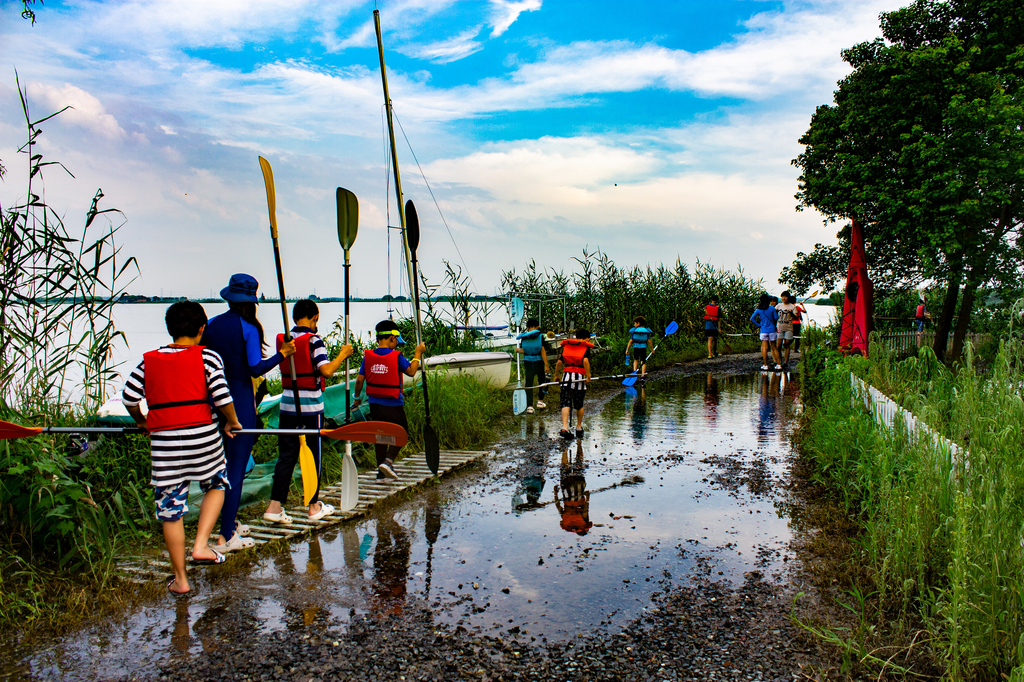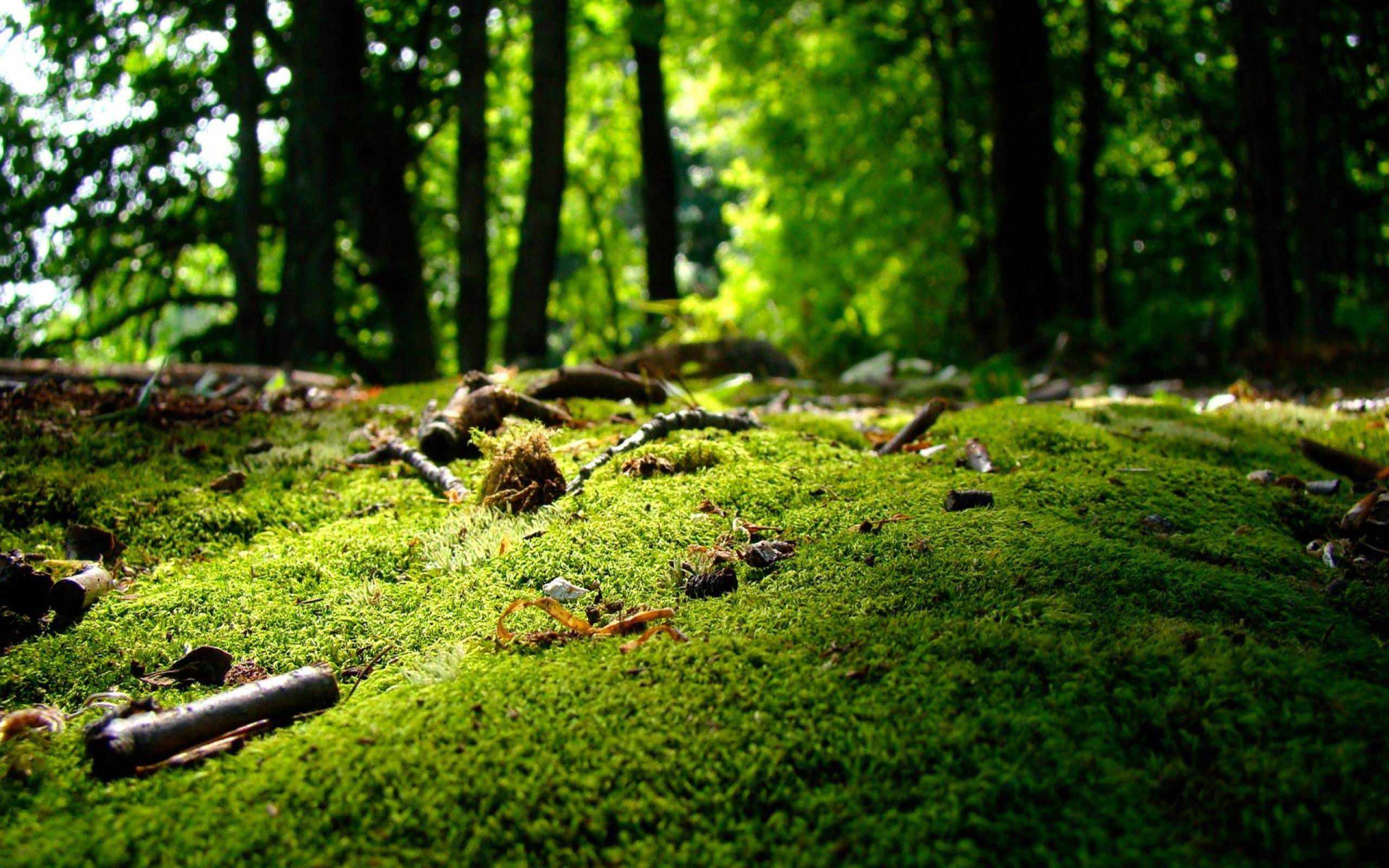Author:
Fangfang
Short summary:
In “上海滩” (pinyin: Shanghai tan), which is a traditional way to refer to the city of Shanghai (上海), the word “tan” (滩) actually means “shore”. That is not “just a name” and it is not by chance


shanghai water sources depend on wetland ecosystem
The definition of wetland given during the "Ramsar Convention" (an international treaty for the conservation and sustainable use of the ecosystem signed in 1971) is: "areas of marsh, fen, peatland or water, whether natural or artificial, permanent or temporary, with water that is static or flowing, fresh, brackish or salt, including areas of marine water the depth of which at low tide does not exceed six meters".
So, it comes without saying that the most obvious sign of a wetland is the presence of water. We can usually identify a wetland based on basic characteristics such as water, plants, and soil.
Land, sea, and wetland are the three main ecosystems of the planet.
Everyone is familiar with the notions of land and sea because we hear them more often and we feel they are part of common knowledge and impact our daily lives.
Wetland, instead, might sound strange to most of us: some may have never heard of it. How can it be the third most common ecosystem on Earth?
You do know it in fact, but may have called it different names! Rivers, lakes, swamps, even artificial basins like reservoirs and ponds: these are all wetlands, and closely related to our life experiences.
 SHWS.png)
Did you know? In “上海滩” (pinyin: Shanghai tan), which is a traditional way to refer to the city of Shanghai (上海), the word “tan” (滩) actually means “shore”. That is not “just a name” and it is not by chance! The metropolis we know today is not only made by rows of skyscrapers one on top of the other and by the urban symphony of heavy traffic; there is also the flat blue of the reed ponds and wildlife.
Shanghai is located at the estuary of the Yangtze River Delta. It sits on the whole hydrographic basin and includes both the last section of the Yangtze River (which is the longest river in China) originating from the Qinghai-Tibet Plateau and the Qiantang River originating from the Huangshan Mountains.
When they “meet” here, the two rivers carry the nutrients with their water collected during the long stream. This rich baggage is redistributed on the plain, making it extremely fertile, thus creating a unique, rich, and abundant habitat for regional wildlife.
Because of that, the biodiversity of the area has flourished.
The main effect of this ecosystem on human life in this area is that the minerals brought from the highlands are washed away much slower, thus creating a spongy area that, in the long run, redistributes water on the soil much more evenly.
Because of its properties, wetlands are closely related to the survival, reproduction, and development of society. Not only this ecosystem provides natural products and resources that assisted human activities, but above all, it comes with an amazing set of environmental functions and benefits. The soil spongy structure we described before helps to protect from floods and to prevent droughts by redistributing water. Plants on the shores, living underwater and sometimes even on the surface, all contribute to controlling pollution, working as a water filter, regulate the climate and beautify the environment.
For these and other aspects, the wetland has an irreplaceable role in the local ecosystem.
 SHWS.png)
Dianshan Lake is located at the junction of Qingpu District, Shanghai, and Kunshan City, in Jiangsu Province. The lake covers an area of 62 square kilometers. The lakes’ water quality directly affects drinking water quality for Shanghai residents, which means it is directly affecting the survival of Shanghai residents.
Considering such scale of water, there is no mistake in saying that if the Amazon forest is considered the world’s lungs, the wetland in the Yangtze River Delta can be called the planet’s kidneys.

Water is life, and not only is its preservation crucial for life on Earth, but it is undetachable from the status of the local and global ecosystem.





